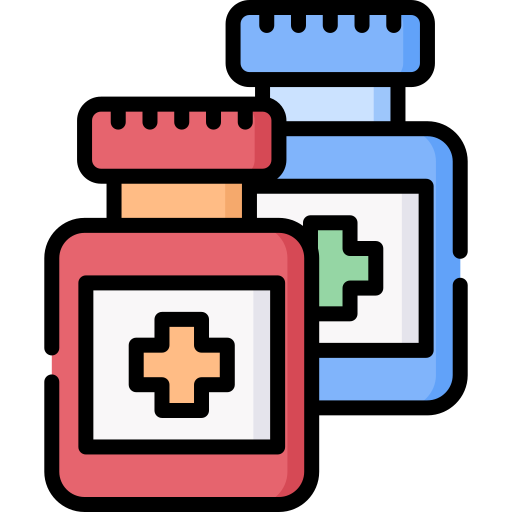Opioid Prescription in Clinical Practice
Opioids have been a hot topic in the medical field for quite some time now, with the ongoing opioid epidemic being a major concern. The misuse and abuse of opioids have caused significant harm to individuals and communities, leading to increased regulations and restrictions on their prescription. However, I believe that opioid still have a crucial role to play in clinical practice and should not be completely eliminated from medical use.
Misuse and Abuse of Opioids

Firstly, opioids are highly effective in managing acute and chronic pain. There is no denying that pain is a significant health issue that can have a profound impact on a person’s quality of life. It can limit their ability to work, participate in daily activities, and negatively affect their mental health. Opioids, when used appropriately, can provide much-needed relief to patients suffering from severe pain, allowing them to function better and improve their overall well-being. Furthermore, opioids are the most potent pain relievers available and are often the only option for patients with severe or chronic pain that does not respond to other forms of treatment.
Moreover, opioids are also essential in the treatment of certain medical conditions, such as cancer and palliative care. These patients often experience excruciating pain that cannot be adequately managed with non-opioid medications. In such cases, opioids are necessary for providing them with comfort and improving their quality of life. Without access to opioids, these patients would suffer immensely, and their conditions would be significantly worsened.
Another crucial aspect to consider is that opioids are not the only medication that can be misused or abused. Many other drugs, such as benzodiazepines, stimulants, and even over-the-counter medications, can also be misused and lead to addiction. Therefore, completely eliminating opioids from clinical practice would not solve the problem of substance abuse. Instead, it would only create barriers for patients who genuinely need them for medical reasons.
Furthermore, opioids are not always the cause of addiction and misuse. In many cases, patients who develop an addiction to opioids already have a history of substance abuse or mental health issues. It is essential to address the root causes of addiction and provide proper education and support to patients to prevent opioids and opioids use disorder. Also, healthcare providers must closely monitor patients who are prescribed opioids and take necessary precautions to prevent addiction and misuse.
I also believe that opioids should not be the first-line treatment for pain management. Other non-opioid options, such as physical therapy, cognitive-behavioral therapy, and non-opioid medications, should be considered before prescribing opioids. However, if these interventions do not provide adequate relief, opioids should be an available option for patients.
Moreover, the current regulations and restrictions on opioid prescription have made it challenging for patients with legitimate medical needs to access these medications. Many patients who genuinely need opioids for pain management are unable to get them due to the strict prescribing guidelines, resulting in undertreated pain. This can have severe consequences, such as decreased quality of life, increased disability, and even suicide. Therefore, the decision to prescribe opioids should be based on individual patient needs and not solely on external regulations.
In conclusion, while the misuse and abuse of opioids are serious concerns, I believe that these medications still have a vital role in clinical practice. They are highly effective in managing pain and providing comfort to patients with certain medical conditions. Instead of completely eliminating opioids, efforts should be focused on addressing the root causes of addiction, educating patients and healthcare providers, and closely monitoring opioid prescription. With proper precautions and responsible prescribing, opioids can continue to be an essential tool in managing pain and improving the lives of many patients.








